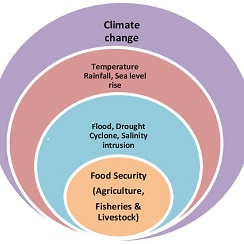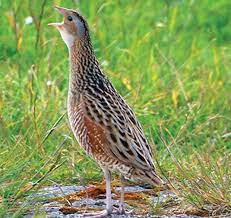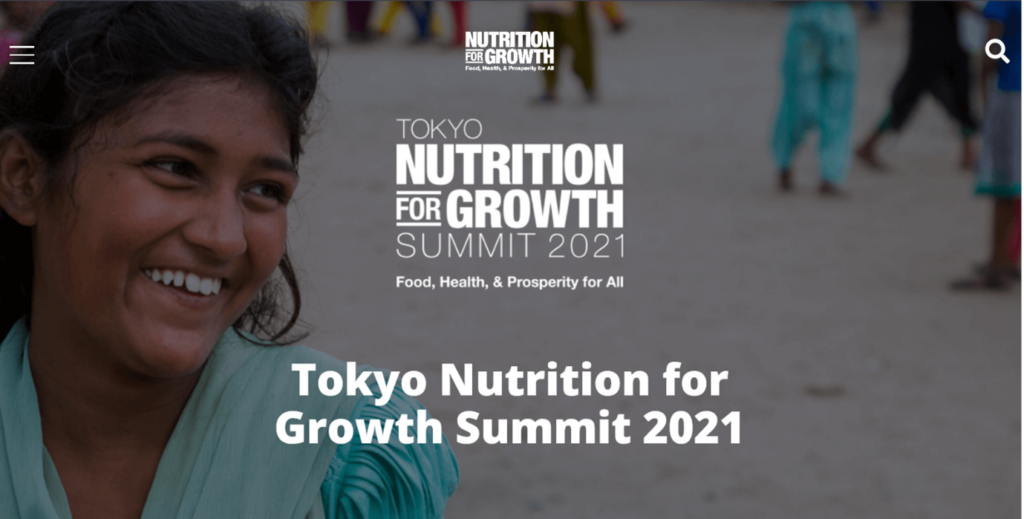As I sat listening to all the speakers so eloquently debate how the 231 commitments from the global Food Systems Summit, held in September 2021 will be implemented, I could not help but think that this could become another framework, like the 169 targets of the SDG agenda, where many will not be met by 2030. My internal conversation concluded however on the fact that getting countries to agree 231 commitments around sustainable food security, is in itself a major achievement, even if they are non binding.
We heard from FAO, that the 231 commitments were broadly broken into 5 action areas: 1) to nourish all people, 2) to boost nature-based solutions of production, 3) to advance equitable livelihoods, decent work and empowered communities 4) to build resilience to vulnerabilities, shock and stress and 5) to identify means of implementation, with this last one being the hardest to deliver on. However, we were assured that coalitions would be formed and champions would take up the mantle and work in unison, to ensure all five areas would be implemented. We were told that the champions would use pathways at global, regional, national and subnational levels. Who initiates and drives the pathway though, who is invited, who engages, who interacts with whom, who is moved to the edges or invited at a late stage, will all determine the outcome at each level. I would have liked to have heard more about how Ireland plans to implement the five areas and to see their vision on how they will manoeuvre their positioning on to and along those pathways.
Despite the enormity of the task ahead, the speakers were optimistic that the commitments could be implemented and were confident that COVID–19 has provided some valuable lessons, which could be used. The change in behaviour that people were willing to adopt could be repeated and together with structural change, things might happen.
The speakers were also clear that we need the researchers, multinationals, government, civil society and farmers on the same pathway, having one collective vision and one determination which is the availability to all (rich and poor) of more nutritious food, for the growing population, produced in a way that does not harm the environment and where the dignity of the person is respected. Trust was discussed at the foundation for working together, but many were skeptical that this could be achieved any time soon, as the reality is, that working together for a common vision requires compromise, which is not easy even if well understood.

There was consensus too that the food summit delivered more than the 231 targets. They believe that going forward, food security will not be discussed in isolation, but together with agriculture and climate change and other sectors where relevant, they declared that the days of the silos and the departmental approach is over, but I continue to wonder. The importance of addressing the nexus of climate change and food security is now globally acknowledged and this is a great step forward, but much remains to be done in this area, including looking at addressing the trade-offs. Another outcome welcomed by all was the focus on eliminating waisting, which has been so difficult to achieve over the past decades.
The speakers were also clear on needing researchers, multinationals, government, civil society and farmers on the same pathway, having one collective vision and one determination. This would be to have availability to all (rich and poor), of more nutritious food, for the growing population, produced in a way that does not harm the environment and where the dignity of the person is respected. Trust was discussed as the foundation for working together, but many were sceptical that this could be achieved any time soon, as the reality is, that working together for a common vision requires compromise, which is not easy, even if well-understood.
There was optimism about the role of youth, and their pivotal ability to drive change as many politicians are too locked into their reelection aspirations to want to rock the boat!
As the conference went on, the focus shifted to the upcoming COP26 Summit in Glasgow and the Tokyo Nutrition for Growth Summit to be held in December 2021. We were reminded of the big greenhouse gases (GHGs), spoilers of carbon dioxide (CO2), methane, (CH4) and nitrous oxide (N2O), and how 29% of total GHGs come from food systems. The volumes of GHGs in the atmosphere today, compared with just 40 years ago, are staggering, and yet, they go over one’s heads, as if watching the same movie over and over; but their impact is real, as we witness rising temperatures and extreme weather events.
There was hope that COP26 would further highlight the nexus of food security and climate change and be given the prioritisation it deserves. Others were cautiously optimistic. Regardless, all are expecting that participating countries will bring more ambitious 2030 GHGs reduction targets, as the current commitments, even if implemented, will not achieve the Paris Agreement targets, where countries agreed to work together to limit global warming to well below 2 degrees and to aim for 1.5 degrees. This of course is worrying, as time is running out. Unfortunately, we did not hear what Ireland is going to be offering at COP26; I guess the programme was already packed.
There was a plea from the speakers to not put all eggs in one basket, (i.e. mitigation) and there was a call for adaptation to be given the priority it deserves, together with the necessary financial investment. There was also consensus that the Global North needs to meet their financial commitments to help many of the LDCs, as after all, they are the least-contributing states to GHG emissions. All agreed that the controversial topic of fair trade must be on the table, with the word “fair” core to the discussions.
SDGs did not get a voice at the conference, and neither did the topic raised in the food summit about local production for local consumption and how it could be implemented, with fairness and equity. This was similarly the case with food waste, and yet it is a big area where savings can be made, both for food production as well as GHGs.

CorncrakeSource: Independent.ie Overall, the discussions reminded me of a conversation I had with my son only last week, where I was sharing my sadness that he is not hearing the beautiful sound of the corncrake that I so often heard in the evenings and his quick response was, “I am glad you will not see the damage to the environment that I will see if the current trend continues”. What a chilling reminder of our responsibility to act now, before it is too late. I hope that the food summit and COP26 injects a burst of “to do energy” to get on with the work that needs to be done. I know my choice to step out of my busy career with the UN to pursue a Master’s course in Climate Change, Agriculture and Food Security, (MScCCAFS) at NUIG, Ireland, to do my part, was definitely the right one!
https://plantagbiosciences.org/msc-ccafs
https://www.un.org/foodsystemssummit

Why does limiting temperature rise to 1.5 degrees matter? COP26 explained, https://ukcop26.org/

